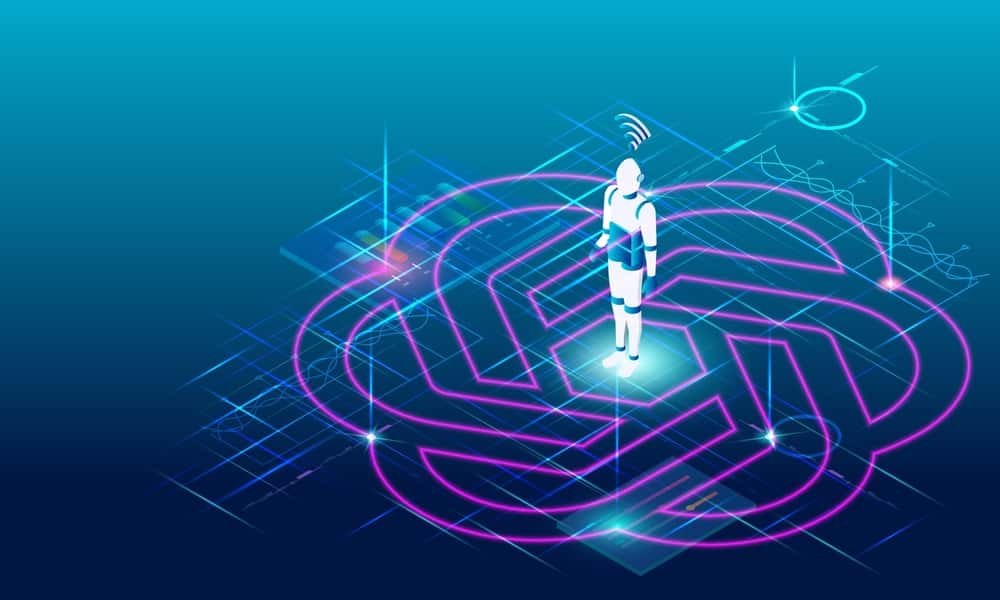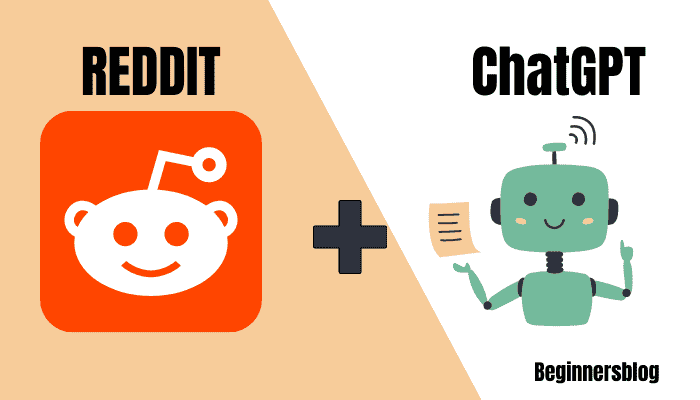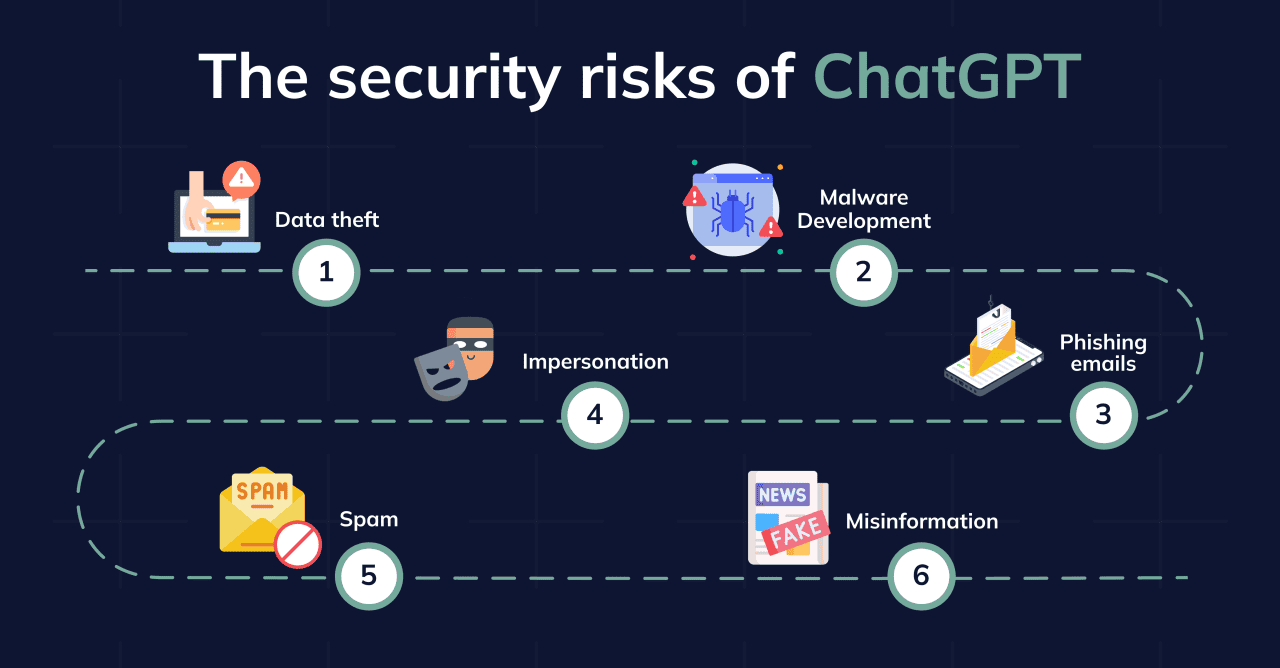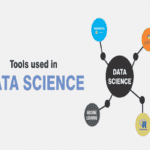Learn how Data Scientists use ChatGPT, a potent OpenAI language model, to improve their operations. ChatGPT is essential in the domains of natural language processing, modeling, data analysis, data cleaning, and data visualization. Nonetheless, Data Scientists need to be mindful of its limitations and ethical issues. This blog discusses best practices, real-world use cases, security and privacy considerations, and how Data Scientists can use ChatGPT to their full potential.
Machine Learning Models: How Data Scientists Use ChatGPT
Data Scientists use ChatGPT as a powerful ally in the ever-evolving field of Data Science. ChatGPT is an advanced OpenAI language model that excels at comprehending and producing human-like content. It can produce text, participate in a variety of discussions, and respond to queries.
Data Scientists play a key role in turning unprocessed data into useful insights in the field of machine learning. They analyze data, create and use machine learning models, and provide suggestions for data-driven decision-making.
ChatGPT’s ability to interpret natural language improves Data Science processes from analysis to model building, underscoring its significance in enabling Data Scientists to fully use data.
In this article, we will dive into the topic of Data Science and examine ChatGPT’s crucial position in this ever-evolving sector. We will also explore the opportunities and factors to be taken into account while using ChatGPT for Data Science.
Leveraging ChatGPT for Data Science
ChatGPT for Data Analysis
ChatGPT is a useful tool for Data Scientists. It facilitates exploratory Data Analysis and provides quick insights. It also improves data analysis. There are many practical applications of ChatGPT in Data Analysis.
To cite a few examples:
- It helps with dataset exploration and provides simple statistics for quick comprehension.
- It finds missing information and offers ways to fix outliers.
- Concise data summaries are provided by ChatGPT, which helps with high-level comprehension.
If you want to learn more in-depth knowledge about Data Analytics and work with industry experts, then click here to learn more.
ChatGPT Data Analysis Plugin
Plugins of ChatGPT increase its functionality. Data Scientists use data analysis plugins to automate and streamline data analysis tasks. Let’s examine some Data Analysis Plugins of ChatGPT.
- Visualization Tools: Certain plugins help in generating interactive charts and graphs.
- Data Quality Check: Plugins check the accuracy of data, identify mistakes, and suggest data cleaning procedures.
Data Pre-processing: Automating processes such as scalability and feature engineering.
ChatGPT for Data Science on Reddit
Reddit facilitates worldwide information exchange by acting as a central forum for Data Science topics. ChatGPT actively engages in conversations, providing insightful analysis and support for resolving issues. Let’s look at some ways by which Data Scientists can use ChatGPT on Reddit.
- Answering Questions: ChatGPT helps Reddit users by providing answers to questions related to Data Science.
- Explaining Concepts: It makes difficult concepts in Data Science understandable to a larger audience.
- Collaboration: ChatGPT and Data Scientists work together on Reddit, exchanging code and talking about projects.
Using ChatGPT to Learn Data Science Faster
ChatGPt is a useful learning aid for those looking to learn more and advance their careers as Data Scientists. There are certain methods to use ChatGPT to enhance Data Science learning.
- Ask Questions: have discussions with ChatGPT to ask questions and clarify doubts.
- Practice Coding: Use ChatGPT for coding and data analysis practice.
- Explore Tutorials: ChatGPT suggests Data Science tutorials, articles, and courses to improve learning.
You may accelerate your learning process, increase productivity, and simplify analysis by including ChatGPT in your Data Science workflow. ChatGPT provides flexible support for a range of Data Science challenges, regardless of your level of experience.
Pickl.AI is offering its Foundation Course in Data Science for professionals with a completely immersive learning experience.
Practical Use Cases for ChatGPT in Data Science
ChatGPT in Data Cleaning and Pre-processing
Data cleansing can often be an exhausting task. Data Scientists can save time by using ChatGPT to discover errors and provide solutions for cleaning. ChatGPT can also automate data pre-processing operations, including feature engineering and normalization. This will enhance the data preparation stage of machine learning.
ChatGPT for Data Modelling and Prediction
ChatGPT can help Data Scientists create, improve, and maximize machine learning models. ChatGPT can also help with feature selection, hyperparameter tweaking, and other tasks that result in machine learning models that are more accurate and effective.
ChatGPT in Data Visualization and Interpretation
Although data visualization is an effective tool for communicating complicated ideas, it can be difficult to interpret visual data. ChatGPT intervenes by deciphering visual information and offering textual explanations. This makes it easier to communicate and comprehend the nuances included in complex visualizations.
ChatGPT’s textual insights derived from data visualisations have the potential to greatly impact organizational decision-making. ChatGPT provides a thorough comprehension of visual data, enabling Data Scientists and decision-makers to make well-informed decisions based on retrieved insights.
ChatGPT for Natural Language Processing (NLP) in Data Science
Text generation, sentiment analysis, and text analysis all heavily rely on natural language processing or NLP. For Data Science projects, ChatGPT’s sophisticated natural language processing (NLP) capabilities are vital for text data analysis, insight extraction, and task automation.
Potential Challenges and Limitations
When it comes to Data Science, ChatGPT has limitations just like any other technical innovation, despite its great strength and versatility. When incorporating ChatGPT into their process, Data Scientists must be conscious of these constraints and take them into consideration.
Limitations of Using ChatGPT in Data Science
- Data Dependency
ChatGPT is less appropriate for tasks that are exclusive to a niche or domain because it mostly depends on its training data. Data Scientists should proceed with caution when using specialized software.
- Contextual Understanding
During long conversations, ChatGPT may produce responses that are irrelevant or inaccurate in context. Therefore, it is important to carefully double-check responses before making important decisions.
- Over-Generation
It occasionally generates a lot of irrelevant text, which could make data analysis and modelling less effective.
- Inconsistency
ChatGPT may provide different responses to questions that are similar but have slightly different wording. Project users should be aware of this discrepancy.
Ethical and Bias Considerations
There are ethical issues with integrating ChatGPT into Data Science operations:
- Bias in Training Data: ChatGPT’s training data could be biased. Data Scientists must address and correct these biases.
- Ethical use: Data Scientists are required to use ChatGPT sensibly and in accordance with moral standards.
- Data privacy: It’s important to protect sensitive data, which calls for strong security measures.
- Accountability and Transparency: Usage and decision-making must be documented to provide accountability and clarity.
Best Practices and Tips
Tips for maximizing the benefits of ChatGPT in Data Science
Use the following guidelines when integrating ChatGPT into your Data Science workflow:
- Set Specific Goals: Begin by having a clear idea of what your Data Science work involves. Clearly define your objectives and the insights you are looking for.
- Optimize Prompts: Create meaningful prompts for ChatGPT. Try different wording and context to increase the relevance of your response.
- Embrace Experimentation: Try not to always accept the first response. Try a number of prompts and refine your techniques to get better outcomes.
- Collaborate with ChatGPT: Consider ChatGPT to be a digital team member. Use it for exploring solutions, evaluating ideas, and brainstorming.
- Verify Output: Regularly verify ChatGPT’s responses by additional analysis and cross-referencing with trustworthy sources.
- Combine Human Expertise: Keep in mind that ChatGPT enriches human expertise. Combine its insights with your domain knowledge for the best outcomes.
- Record Your Procedure: For future reference and verification, keep a record of all of your interactions with ChatGPT, including the prompt and the replies you receive.
Security and Data Privacy
Prioritizing security and data privacy is essential when utilizing ChatGPT in data research. The following are important things to remember:
- Data Sensitivity: Do not provide private or sensitive information with ChatGPT to safeguard data security and privacy.
- Compliance: Make sure your usage of ChatGPT complies with local data protection laws (such as GDPR and HIPAA), particularly when handling sensitive or personal data.
- Anonymization: Anonymize sensitive data before utilizing ChatGPT to avoid unintentional disclosure.
- Review Outputs: Carefully examine ChatGPT’s answers to filter out private or sensitive data, applying post-processing as needed.
- Access Control: Allow only authorized personnel to access ChatGPT who understand data security and privacy policies.
- Data Retention: Promptly remove any additional information used with ChatGPT to reduce the chance of data breaches.
- Regular Audits: Periodically examine ChatGPT’s security and data privacy procedures and stay up to date on best practices to protect your data and insights,
FAQs
What is the role of ChatGPT in Data Science?
In the domain of Data Science, ChatGPT helps analysts and Data Scientists with a range of activities, including comprehending natural language, making decisions from data, and explaining difficult ideas or models.
How would I learn Data Science with ChatGPT?
To learn more about Data Science, you can ask questions and look for explanations on various Data Science subjects with ChatGPT. ChatGPT can provide explanations, recommend learning materials, and offer assistance with coding and analysis tasks to aid you in understanding Data Science topics and methodologies.
How to use ChatGPT for Data Analysis?
You can interact with ChatGPT by asking queries regarding data, statistical techniques, programming languages, or data visualization in order to use it for data analysis. ChatGPT offers insights, code snippets for analysis and visualization tasks, and assistance in understanding and resolving data-related issues.
Conclusion
To sum up, ChatGPT is an invaluable tool for Data Scientists, which is transforming the way they approach machine learning and data analysis. Its ability to understand natural language processing might simplify a number of aspects of the Data Science workflow, including modeling, interpretation, pre-processing, and data analysis.
With a variety of practical Data Science applications, ChatGPT is a priceless resource for both Data Scientists and learners. Data Scientists can work more quickly, get deeper insights, and make better analyses and projections by using ChatGPT.
If you’re interested in mastering ChatGPT, you can enroll in the Free ChatGPT Course at Pickl.AI to pace up your career growth.















